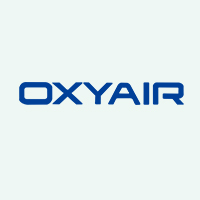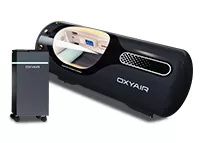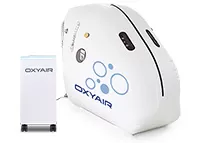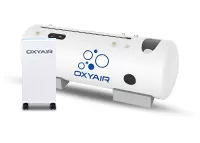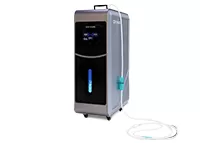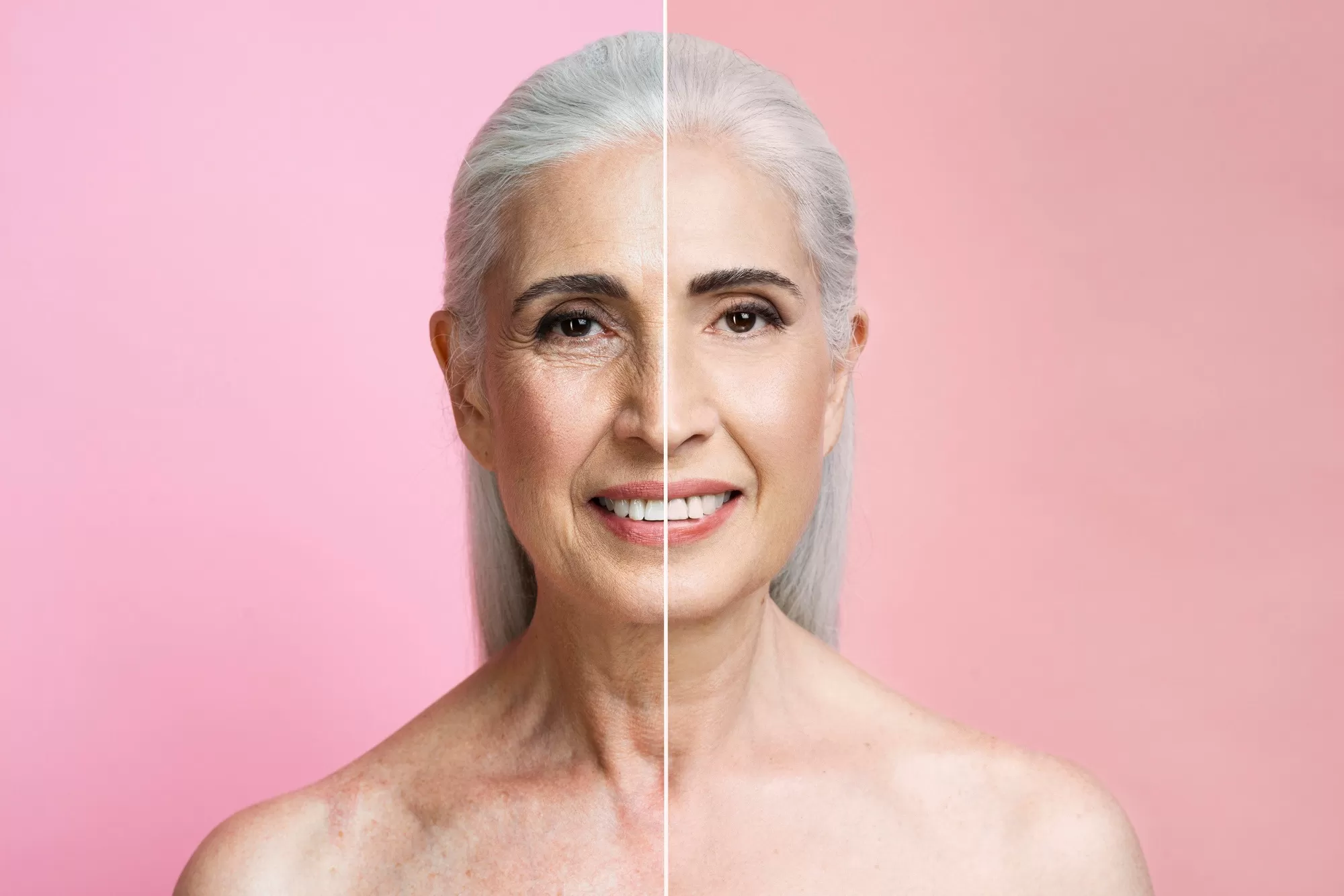How often should you do hyperbaric oxygen therapy(HBOT)
How often should you do hyperbaric oxygen therapy
What is hyperbaric oxygen therapy?
Hyperbaric oxygen refers to the process of breathing pure oxygen in an environment where the atmospheric pressure is higher than normal. This typically involves introducing compressed air into a large, sealed chamber—commonly known as a hyperbaric oxygen chamber.
Hyperbaric oxygen therapy (HBOT) is a purely physical, non-invasive, and highly safe treatment. It works by significantly increasing the oxygen content in the blood, raising the partial pressure of oxygen, enhancing oxygen diffusion, and boosting the body's oxygen reserves. It also causes the constriction of blood vessels throughout the body (except for the dilation of the vertebral and hepatic arteries), promotes the proliferation of fibroblasts and collagen production, inhibits the growth of anaerobic bacteria, eliminates gas bubbles in the body, gradually strengthens the immune system, improves disease resistance, and enhances microcirculation. Through these effects, the HBOT effect helps achieve both therapeutic and preventive benefits for various medical conditions.
How Often Should You Do HBOT?
Hyperbaric oxygen therapy benefits are typically administered once a day, with 10 sessions comprising one full course of treatment. The total number of courses required depends on the specific condition being treated, its severity, and individual patient differences. Some patients may recover before completing a full course, while others may need more extensive treatment.
For common conditions, 1–2 courses are usually sufficient. However, in cases of severe traumatic brain injury, more than 50 sessions may be necessary, and treatment for patients in a vegetative state may sometimes require over 100 sessions.
Each condition has its optimal treatment window. The timing of when therapy begins is crucial—treatment during this optimal window yields the best results, while delayed treatment may significantly reduce its effectiveness.
Timing of hyperbaric oxygen therapy
For conditions like cerebral infarction and brain trauma: Early on, cerebral edema and increased intracranial pressure occur, with tissue repair beginning around 5-6 days after the onset of the disease, and usually lasting 2-3 weeks. Therefore, treatment can start within the first week, and those treated within one month have an effectiveness rate of over 96%. It is now recommended that patients with cerebral infarction receive best hyperbaric oxygen therapy within 2-6 hours. After cranial surgery, treatment can begin 5-7 days later, once the condition is stable.
After thrombectomy for cerebral infarction: Therapy can begin on the same day. Currently, even with green channel access, thrombectomy is often performed 3-4 hours or more after the onset of symptoms, and complete removal of the thrombus is often difficult. A few hours of ischemia and hypoxia can cause edema and degeneration of brain tissue. Hyperbaric oxygen is the best option to salvage brain tissue near death and effectively improve local hypoxia, so the earlier the patient enters the chamber, the better the recovery.
After tracheostomy tube removal: Treatment can begin the following day. If the wound from the tube removal has not fully healed, inhaling oxygen may be difficult. In this case, a transparent surgical adhesive tape can be applied over the wound to prevent issues with creating a negative pressure or adjusting the respiratory device’s valve.
Facial nerve palsy and multiple neuropathies: Once diagnosed, treatment should be as early as possible.
Acute spinal cord injury: Treatment is considered most effective if started within 4 hours of injury.
Sudden deafness or blast-induced deafness: Treatment is most effective between 3-7 days of onset. Immediate treatment, if possible, results in a higher cure rate.
Retinal artery occlusion: Treatment is most effective if done within 10 hours of onset. The prognosis is poor if treated after 24 hours, and treatment is ineffective after 5 days.
Acute spinal vertebral injury: Treatment is considered most effective if started within 4 hours of injury.
Fractures: Treatment should begin within 10 days, with more than 20 sessions of hyperbaric oxygen therapy. A 100% healing rate is possible with early intervention. The key to hyperbaric oxygen therapy is starting as early as the patient’s condition allows.
What diseases can hyperbaric oxygen treat?
Hyperbaric oxygen therapy for various types of poisoning:
Carbon monoxide poisoning, pesticide poisoning, and poisoning from various gases and chemical substances.
Hyperbaric oxygen therapy for neurological disorders:
Rehabilitation treatment for brain ischemia, cerebral infarction, cerebral thrombosis, and cerebral hemorrhage.
Cranial and brain injuries, including concussion, brainstem injury, and post-surgical recovery from various types of cranial surgery.
Treatment for coma patients, vegetative states, and brain dysfunction following cardiopulmonary resuscitation (CPR).
Spinal cord injuries (e.g., spinal cord transection, syringomyelia, spinal cord deformities).
Viral encephalitis, facial nerve palsy, and other types of peripheral neuropathy.
Dementia, Parkinson's disease, and epilepsy.
Hyperbaric oxygen therapy for ear, nose, and throat disorders:
Sudden deafness, tinnitus, oral inflammation, recurrent mouth ulcers, and periodontal disease.
Hyperbaric oxygen therapy for pain-related Conditions:
Various shoulder, neck, back, and leg pains are caused by conditions like shoulder periarthritis, lumbar disc herniation, cervical spondylosis, muscle strain, joint pain, headaches, and injury pain.
Hyperbaric oxygen therapy for pediatric disorders:
Cerebral palsy, developmental delays in nerves and muscles, brain development issues, autism, hydrocephalus, ischemic and hypoxic conditions.
Hyperbaric oxygen therapy for difficult-to-heal wounds:
Large-area burns, diabetic foot, various digestive ulcers, pressure sores, and post-cancer surgery recovery.
Hyperbaric oxygen therapy for bone and joint injuries:
Hand injuries, replantation of severed limbs, fractures and poor fracture healing, osteomyelitis, and necrosis arthritis.
Hyperbaric oxygen therapy for sub-health maintenance and wellness:
Dizziness, chest tightness, fatigue, back and waist pain, beauty and skincare, anti-aging, immunity enhancement, insomnia, memory loss, and neurasthenia.
Other diseases:
Previous:
None

